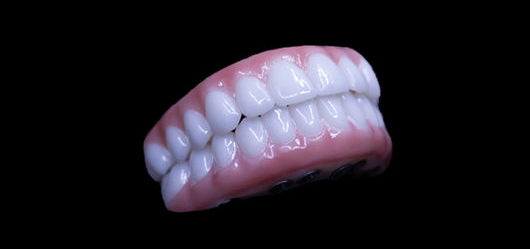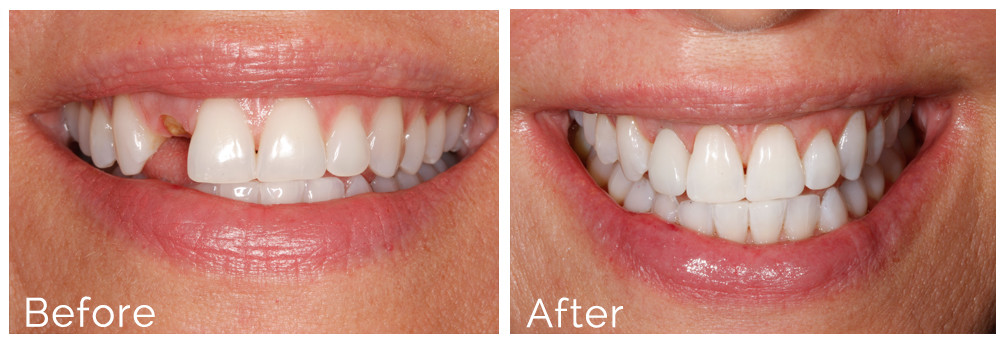The Greatest Guide To Dental Sense
The Greatest Guide To Dental Sense
Blog Article
The Of Dental Sense
Table of ContentsDental Sense for DummiesTop Guidelines Of Dental SenseThe Only Guide to Dental SenseMore About Dental Sense
are clinical gadgets surgically implanted into the jaw to restore a person's ability to chew or their look. They offer support for fabricated (phony) teeth, such as crowns, bridges, or dentures. When a tooth is shed as a result of injury or illness, a person can experience difficulties such as rapid bone loss, defective speech, or changes to chewing patterns that lead to discomfort.Dental dental implant systems contain a dental implant body and oral implant abutment and might also include a joint addiction screw. Kids dental. The oral implant body is surgically put in the jawbone instead of the tooth's root. The oral implant abutment is generally connected to the dental implant body by the abutment addiction screw and expands with gum tissues right into the mouth to sustain the attached synthetic teeth
(https://salty-hope-7c7.notion.site/Transform-Your-Smile-with-Expert-Dental-Services-178171a6c2a68016ac50cca51ef9527c?pvs=4)Structure of The Oral Implant System picking dental implants, speak to your dental provider concerning the potential advantages and dangers, and whether you are a candidate for the treatment. Things to consider: Your total health and wellness is an essential consider identifying whether you are a good candidate for dental implants, for how long it will take to recover, and the length of time the dental implant may remain in location.
Smoking may affect the healing procedure and lower the long-lasting success of the implant. The recovery process for the implant body might take several months or longer, during which time you normally have a temporary joint instead of the tooth. the oral implant procedure: Thoroughly comply with the dental hygiene instructions provided to you by your oral service provider.
The Main Principles Of Dental Sense
Implant failing can cause the requirement for an additional procedure to fix or change the implant system. Restores the capability to eat Brings back cosmetic appearance Helps maintain the jawbone from reducing because of bone loss Maintains the wellness of the bordering bone and gum tissues Helps maintain adjacent (nearby) teeth secure Improves lifestyle Damages to bordering natural teeth throughout dental implant placement Injury to the surrounding cells throughout surgery, such as sinus perforation Injury throughout surgery (for example, fracture of bordering jawbone) Inadequate feature, such as seeming like the teeth do not attack together generally An experience that the tooth hangs or turning in location resulting from a joint screw loosening Implant body failure (looseness of the dental implant body) as a result of systemic infection, which might be much more most likely in patients with unchecked diabetes because of local infection in bone and periodontals supporting the implant body due to delayed healing, which may be a lot more most likely in patients who smoke Problem cleaning up the gum tissues around the dental implant, causing bad oral hygiene Unattended gum condition Post-surgical pins and needles due to nerve impingement or damages Constantly inform health treatment suppliers and imaging professionals that you have dental implants prior to any type of magnetic resonance imaging (MRI) or x-ray treatments.
FDA is not familiar with any adverse events reported for MRI or x-ray procedures with oral implants. Oral implants systems are usually made of materials that follow international consensus standards of the helpful site International Company for Standardization (ISO) or ASTM International. These requirements have details of what makes a risk-free material.

An oral implant is a framework that replaces a missing out on tooth. With screw-like gadgets, the specialist inserts a dental implant right into the jawbone, and it functions as an anchor for an artificial tooth, called a crown. A gadget called a joint connects the synthetic tooth to the oral implant. The crown is customized to fit the person's mouth and match the shade of their teeth.
Not known Details About Dental Sense
Some individuals are not qualified for dental implant surgical procedure. It is for dental specialists to operate people with: severe illnessuncontrollable metabolic diseasebone or soft tissue illness or infectionIf these problems are dealt with, a person can have the surgical treatment. In, dental surgeons refrain from operating on people with: If individuals with any of the above undertake oral implant surgical procedure, there is a greater danger of the dental implant stopping working.

Dental dental implant surgery is a tailored process. It's not the very same for every person. Yet the following offers a general review of what you can anticipate your dental practitioner, dental surgeon, periodontist or prosthodontist to do: Position the dental implant operatively. Give you time to recover. Connect the article and final crown, bridge or denture.
Next, your surgeon will very carefully place the oral implant into your jaw. Your surgeon will reposition your periodontals and close the incision with stitches. If your dental implant is near the front of your mouth, your dental practitioner will make a momentary tooth for you to wear till you recover. In this way, you will not have a gap in your smile while you recuperate.
The 15-Second Trick For Dental Sense
Your service provider can tell you what to expect in your circumstance. During the healing phase, your jawbone should fuse to the oral implant. This process, called osseointegration, is essential for security and long-term success. This process can take anywhere from 3 to 9 months. In many cases, it might take much longer.
When your dental implant heals, your dentist can connect the abutment (tiny connector blog post) and your final reconstruction (crown, bridge or denture). This usually takes about one hour to complete and might need a second minor surgical treatment. You should not feel any pain during your oral implant procedure because your supplier will certainly utilize medication to numb your gum tissues.
Report this page